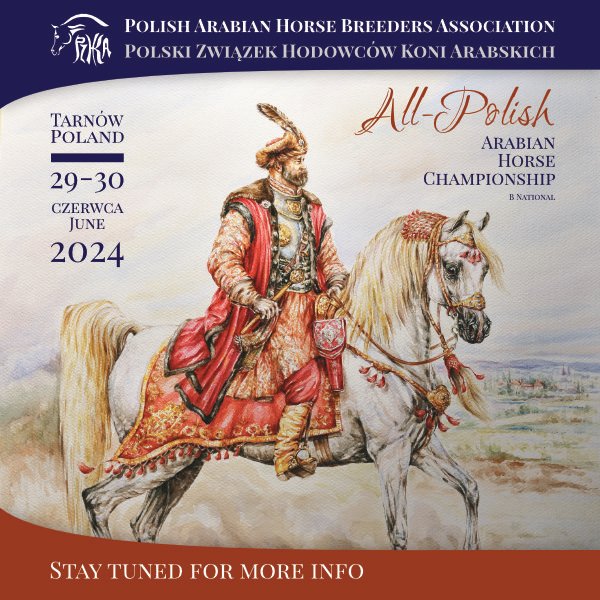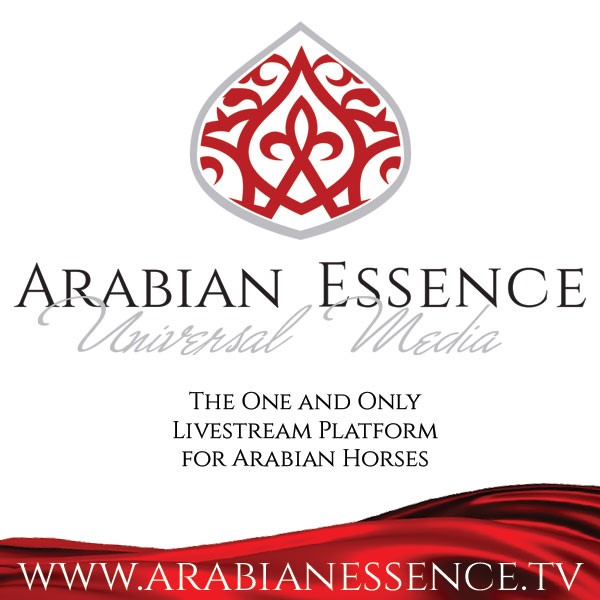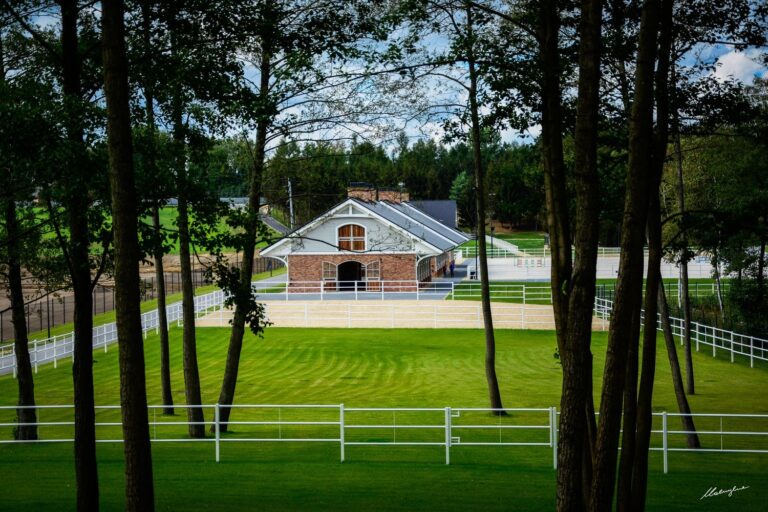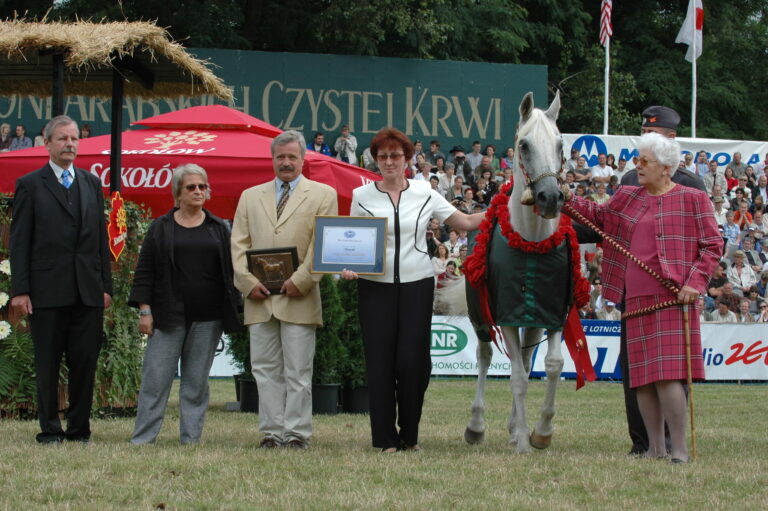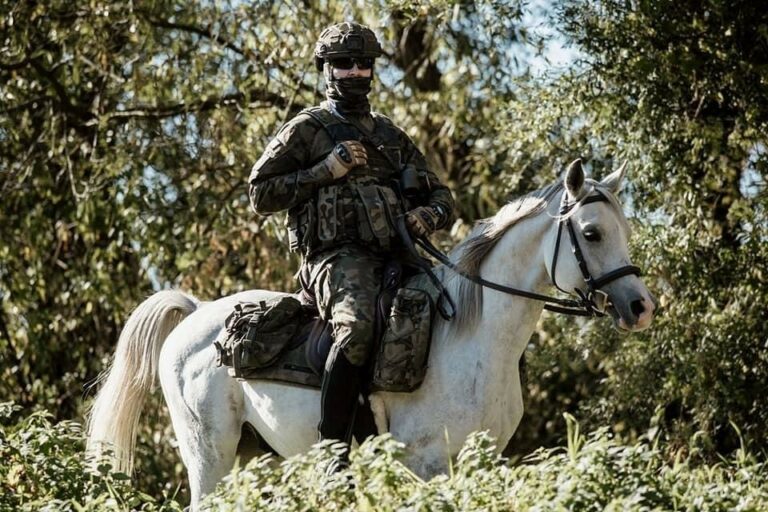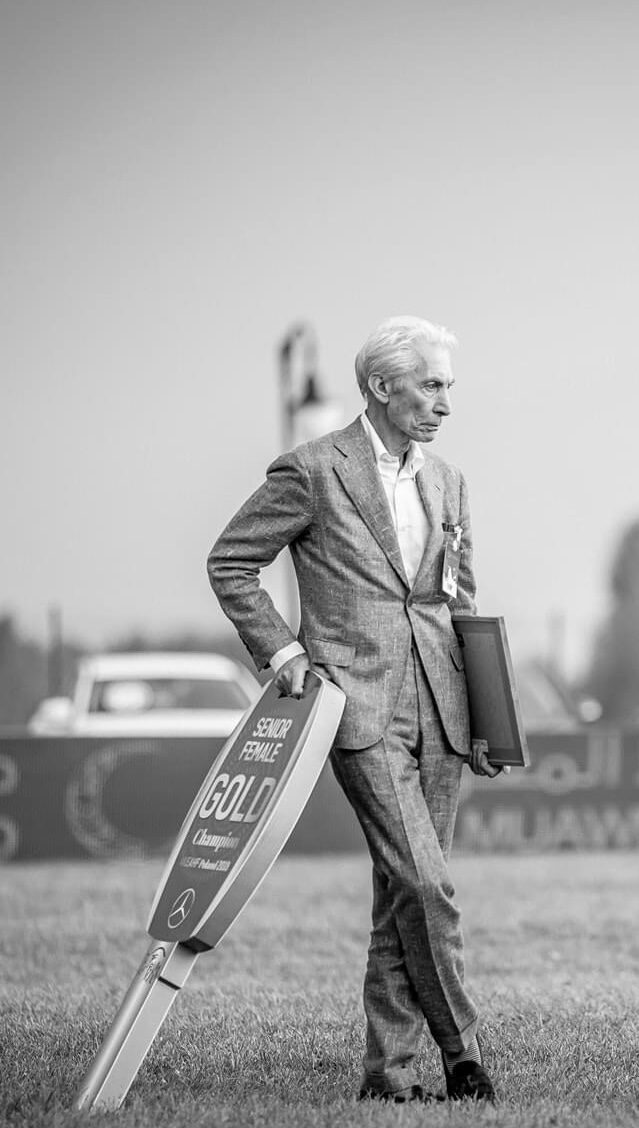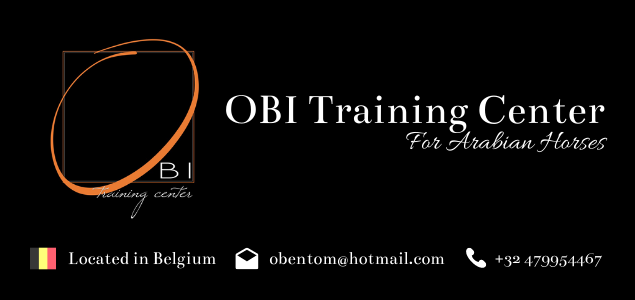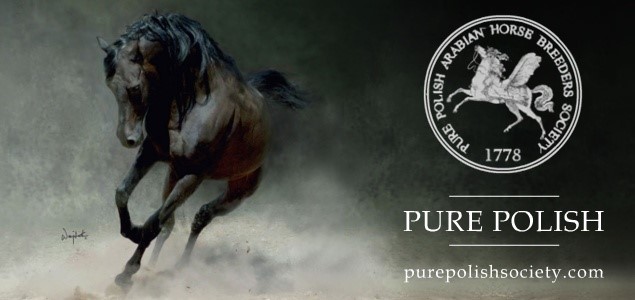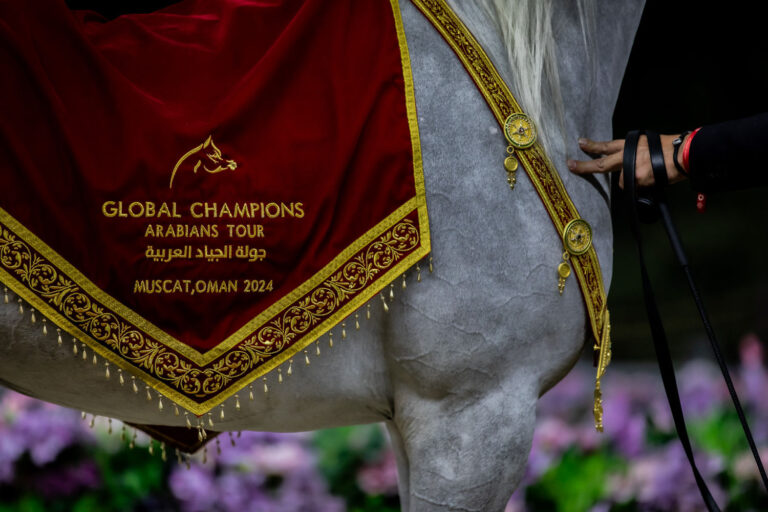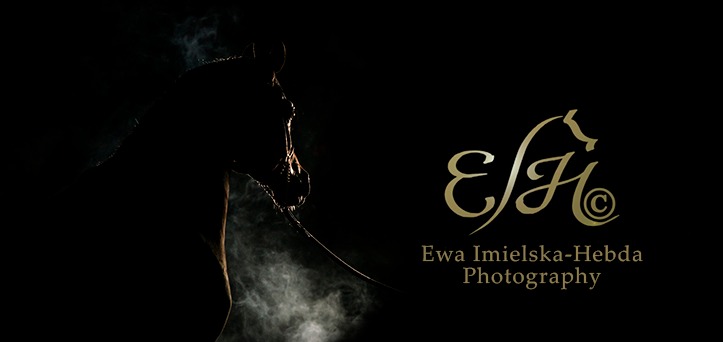After being a journalist for many years, Gabrielle Boiselle (Germany) decided that what she really wanted to do was to photograph Arabian horses. Here is how she recalls that moment in her album „The Arabian Horse” (2010, Éditions Place de Victoires), which includes a commentary by her close collaborator, Agnès Galletier: „At the beginning of the eighties on the occasion of my first visit to the Egyptian State Stud of Al Zahraa, I had a particularly significant encounter. The heat lay heavy over Cairo and the sun scorched down from a cloudless sky as I drove along the main avenue trough the stud grounds in a rather ancient local taxi. A stallion, enshrouded in a huge cloud of golden dust, suddenly appeared on one of the sandy enclosures before me. I was instantly fascinated by the lightness of his movements and his elegance. The entire scene moved and impressed me immensely. This stallion, which was to have such an influence on my life, was called Echnaton”.
The first calendar including photographs of Arabian horse by Boiselle was published in 1984. Today the German artist is considered one of the most renowned and esteemed photographers in this field. For more than a quarter of a century her fascination with Arabians remains unchanged. „They are intelligent, light-footed, beautiful, curious, sensitive, full of stamina and capable of establishing a very special relationship with human beings”, she explains.
The album, bearing an impressive size (345 x 405) and (literally!) huge weight, consists of images which are a result of Boiselle’s travels all over the world – everywhere where Arabian horses are bred. This means Europe, North Africa, the Middle East, both of the Americas, South Africa and Australia.
Europe
From the 7th century, the Arabian purebred took Europe by storm – Galletier emphasizes in her commentary – acquiring notoriety amongst horse riders of the Western world: „For centuries, its spirit and endurance would be sought after by all armies throughout Europe”. And here is how the modern, European descendants of those conquerors look like – Boiselle seems to say through her works. She shows horses bred in Germany, Poland, Hungary, France and Spain in picturesque portraits and impressive in terms of scale group photographs; on location and in the stables, against characteristic architecture, among the greenery of pastures in the summer and in snowy scenery in the winter. Bàbolna (with the stallions Halim Shah, Pegaszus, Malik B, Teysir B), Ismer Stud (the mares Euka, IS Excelsia, Opala, as well as stallions IS Orlow, Fabian, Oman, Khatoum, Sinus and the Polish-bred Altis), Sax Arabians (the mares Marenga and Mirwana, the foal RS Mirage, the stallion Mirokan), Marbach (the stallions Nahdmi, Motassem), Al Assil Arabians (the stallions MB Shattal, Kamaahr, Mosalli, the mare Wanessa), Rousillon (the stallion Ansata Nile Pacha), the stud of the Martensson family in Majorca (the stallion Shafeek, the mares Elewka, Vedette and Katun), Yeguada Domecq (the stallions Dakalieh and Heleno) – these are just some of the stops during her journey. The artist did not omit Poland – we will find a portrait of Celsjusz, photographs of Janów Podlaski and wonderful, dynamic images of the Michałów broodband.
North Africa and the Middle East
„The Arabian horse was, for centuries, the most reliable ally to the Maghreb people in their war struggles” – we read in the commentary. And Egypt is the source of the majority of Arabian horses in the world today. Boiselle visited many important places to Arabian breeding in this part of the globe, beginning with the Bouznika Royal Stables (Morocco), through El Zahraa Stud (Egypt), Khaled Ben Laden Stud, Albadeia Stables, Al Jaddan Stables, Al Demashqeih Farm, Al Andalus Stud, Al Furat Stables, Al Khair Stables, to the Royal Stables of Jordan. Through her lens she forever immortalized horses against the pyramids and among the desert sands; walking through the remains of ancient buildings and resting in pampered stables. Arabians in the cradle of their breed, perfectly matched with the landscape and architecture, set loose or in decorative, traditional halters. It’s difficult to draw your eyes away! But then we strike a change of surroundings and atmosphere, as the subsequent pages of the album take us far away to the West.
The Americas
The history of the Arabian horse across the pond began in 1877 – nearly 30 years before Homer Davenport’s famous expedition to the desert – when a general brought back two stallions that had been offered to him by the Sultan of Turkey. The first who would attempt cross breeding with these stallions was named Huntington. He then imported the first Arabian mare from England. Today it is not only the United States, but also Brazil and Argentina that are the leaders in the world breeding of Arabians, used both for recreation purposes, as well as authentic „cowboy” work, which is illustrated by Boiselle’s photographs from Colorado and Monument Valley (on the border of Utah and Arizona). Horses from Om El Arab International (the stallions Dreamcatcher SMF, Om El Shahmaan) or Zichy-Tissen Arabians (among them El Shaklan), confirm the power (also the promotional one) of both of the Americas. A Polish accent this time is the stallion Ecaho, photographed at Haras de Cardenas in Santa Ynez Valley, California, as well as the famous Bandos, for whom Ventura Farms became home in 1982. Its owner, David Murdock, purchased the Polish stallion, a son of Negatiw, at the Polish Prestige Sale in Janów Podlaski for 806 thousand dollars, setting a record price. Several years later Murdoch bested his own record by paying 1,5 million dollars for the mare Penicylina at the Polish Ovation Sale in Scottsdale.
South Africa and Australia
It was from the island of Java, in the 17th century, that the first Arabian horses were imported into South Africa. Their descendants would, in turn, be exported to Australia. Both African and Australian settlers needed trustworthy companions in their work and travels. Arabian horses wonderfully proved themselves useful in those roles and today are completely at home in these parts. Boiselle confirms this by photographing herds traversing the desert and part-desert terrain on both of these continents. Sidi Arabians is one of the South African studs which have been visited by the artist; from here originate the stallions Kapronaz and Maistro, which we admire on the Kalahari desert. Omani Stud, Simeon Stud (with the stallion Simeon Sadik) and Kelly Stud have in turned brought fame to Australia among world breeders. The fiery red earth and bay or chestnut horses with coats glistening in the sun – is a photographer’s paradise. Boiselle takes advantage of the opportunities created by that aura to the maximum.
The Orient
Again we return to the desert, from where these extraordinary creatures that fascinate so many people descend. Eastern breeders, who after years of oblivion again discovered what a treasure to their culture the Arabian horse is, accumulated in their luxurious stables a collection of the most beautiful Arabians in the world. These include, among others, Al Shaqab Stables, Al Aziz Stables, Al Rayyan Stud and the Royal Stables of Bahrain. They could not be omitted in this photographic story about modern Arabian horses.
Boiselle, like none other, knows how to bring out the magic of the breed, its beauty and nobility – despite the fact that not all of the photographed horses have dished head profiles. But all exude power, beauty and a distinguished charm, which makes us want to be near them, if only by means of the photographs.
The album is four-lingual – the commentary is written in English, German, French and Dutch. On more than 300 pages the author serves a true feast for the eyes of every Arabian horse lover. The album was also a challenge in terms of design, which the publisher coped with very well, although he did not avoid small inaccuracies or spelling errors in captions under photographs. But in view of the enormous amount of work these things are merely trifles. Upon closing the album it is hard not to admire a woman, who followed her passion the farthest reaches of the globe, creating a work of art worthy of its main characters – pure bred Arabian horses.
Gabriele Boiselle, „The Arabian Horse”, Éditions Place de Victoires 2010, 315 pages
Download the PDF version of the article»


